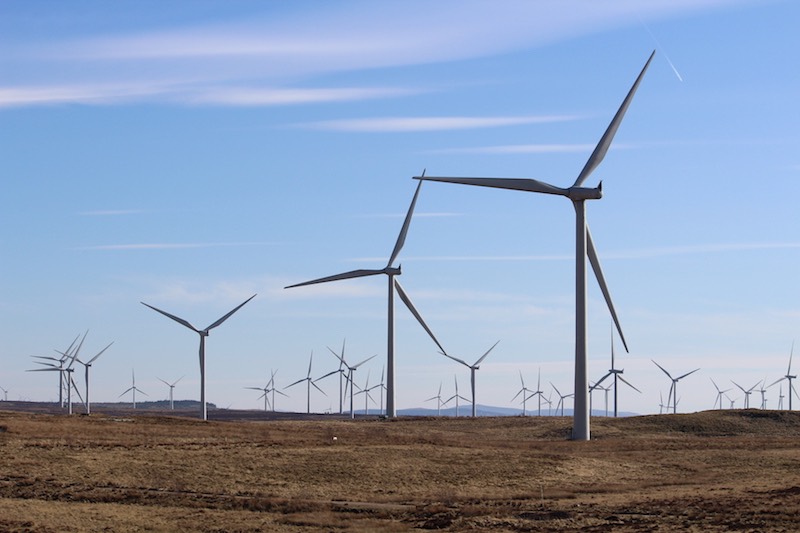UK Must Double Growth in Low Carbon Generation in Next Decade to Meet Climate Targets

Growth in low carbon power generation flatlined in 2019, but must rebound in the 2020s if the UK is to meet its net zero target, new analysis from Carbon Brief has suggested.
While more electricity came from low carbon sources than from fossil fuels last year for the first time ever, the total productivity of low carbon generation stagnated.
The output from wind, solar, hydro, biomass and nuclear power rose by just 1 terawatt hour (TWh), or less than 1%, in 2019, the smallest annual increase in a decade. The average annual increase across the 2010s was 9TWh a year.
To meet its climate goals, the UK must add 15TWh of carbon generation each year until 2030—nearly double the annual growth across the previous decade—Carbon Brief has suggested.
The 3.2 gigawatt (GW) Hinkley C nuclear plant currently under construction in Somerset will generate around 25TWh when completed in 2026. The world’s largest offshore windfarm, 1.2GW Hornsea One scheme off the coast of Yorkshire, will generate around 5TWh each year.
But Carbon Brief has suggested that more generating capacity will be required, particularly as old nuclear plants are decommissioned. This new generation could involve new onshore wind and solar developments, more nuclear plants or other low carbon generation, such as gas with carbon capture and storage (CSS).
Increased electricity demand due to the electrification of transport and heating over the next decade will make even the rapid, sustained growth of low carbon generation even more essential.
Without replacing the Hunterston and Dungeness nuclear plants, both scheduled to close over the next decade, the UK will see low carbon generation crater to 114 TWh by 2030. For the electricity sector to keep its emissions below its target of 100 grammes of CO2 per kilowatt hour (gCO2/kWh), low carbon generation must rise to 162 TWh by that date, Carbon Brief has calculated.
Furthermore, the target of 100gCO2/kWh was set when the UK was aiming to cut emissions by 80% of 1990 levels by 2050. The new commitment to reach net zero by that date will require a more ambitious target for the electricity sector.
Simon Evans, Deputy Editor at Carbon Brief said: “The UK has made great strides in decarbonising its electricity sector over the past decade but cannot assume progress will magically continue forever. Even faster expansion of low carbon supplies will be needed in the 2020s to meet UK climate goals while replacing old nuclear plants as they retire. Current policies will not be enough to ensure this happens.”
A spokesperson for the Department for Business, Energy and Industrial Strategy (BEIS) said: “Generation from low carbon sources has doubled over the last decade and between July – September last year renewables produced nearly 40% of our electricity – a new record.
“We have cut our emissions by over 40% since 1990 but plan to go further, faster, backed up by an average of £9 billion of investment in renewables annually as we aim to eliminate our contribution to climate change.”
Read on our blog

With the government poised to implement tough new measures to...

Budget broadband provider TalkTalk has been notifying customers via email...

A year-long investigation by charity Citizens Advice has revealed a...

Education Secretary Nadhim Zahawi has announced a new commitment to...
